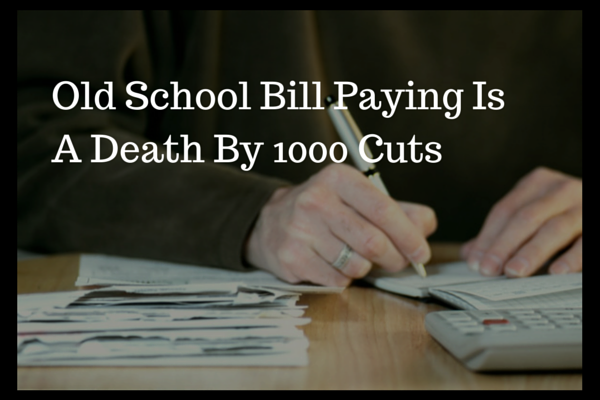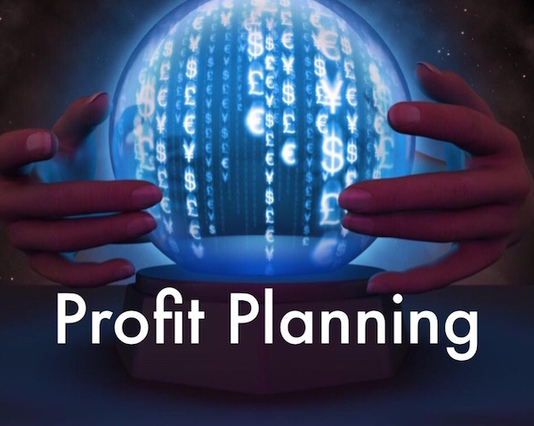|
Maybe paying your bills is supposed to be painful. If you subscribe to that way of thinking, then by all means soldier on. If you don’t subscribe, but are using a process that involves a printer, I have good news.
The Internet is here to help you. First, let’s recap the old school process. This isn’t exactly what you are doing (because I don’t know anyone at NSA), but it is what I/we did for 25 years. It looks like this. Rooftop Equipment ScreensOne of the things that I didn’t like about my early designs was the way that the engineers screwed up the aesthetics because I didn’t know enough to anticipate the inevitable. Transformers, gas meters, condensing units, rooftop units. If it could go outside, they would find the most inopportune place and, of course, “It has to go there” was the reason.
After a while it dawns on you that there needs to be a discussion about this ‘hardware’ long before working drawings when you often find that you are backed into a corner. Some of this stuff happens on every project - even houses. Gas meters, electric meters, and condensing units are ubiquitous. Almost no project escapes these exterior ornaments. Propose locations when you are working on the first site plan and get feedback. What Triggers Rooftop Equipment Screens? Profit Planning From All Sides Profit planning wasn’t a concept I was familiar with. I distinctly remember our first profit and not knowing what to do with it. I didn't have a plan. I didn't even know I needed one. That’s probably one of the best problems to have. I don’t remember what I decided to do, but I know that was the start of many efforts to come to grips with profit planning in case the miracle happened again. I can’t claim to be an expert on the topic of ’Profit Planning’, but here are my thoughts. Profit is not a dirty word
Everyone loves what profits do. Profit provides bonuses, improvements of all types, and the ability to grow. Let me explain what I mean by profit. The simplest way to describe it is that profit is what you pay taxes on – actually it is what is left after you pay all your expenses. In the normal course of things, you won’t find out if you had a profit until March when your accountant finishes your tax return. Profit planning requires you to be more proactive than that. For instance you might want to pay a bonus before Christmas – the traditional bonus-giving time. We did. We could never get used to giving bonuses any other time than mid-December. So before Profit Planning took hold, we paid (modest) bonuses at Christmas based on feel and available cash. An ’informed’ decision would have been a ’different’ decision about the size of bonuses. Our third (or fourth) accountant offered to review our books in early December so we could be more accurate and better informed about profit planning. That’s actually a good idea, but we only took advantage of the offer (and paid the cost) when we were pretty sure there was profit that needed planning. If we thought we we going to have a loss, it wasn’t because we were trying to have a loss. Besides no amount of planning would turn things around in 30 days – we would have already done that if we could. So the first tactic for Profit Planning is predicting your profit for the year by getting your accountant to review your books and tell you where you stand. Depending on your bookkeeping system, this might be pretty easy. In any event you will be able to make a better decision about bonuses and other year-end issues. If you start this type of profit planning around Thanksgiving, there will be another month or so for which you will have to estimate your income and expenses. We always assumed that December would be a break-even (or worse) month because of time off around the holidays and clients getting distracted with the season’s festivities. I recommend that you take your accountant’s advice with a pinch of salt. There is a difference between accounting advice and business advice. You may have to filter your accountant’s advice by your feel for internal and external ramifications. There were plenty of recommendations I wasn’t willing to follow to save $200. You decide. You need to KNOW the numbers, but you may not want to LIVE by the numbers. We eventually had software that gave us a good feel for where our profit/loss stood. I never felt the need to get down to the decimal point with this type of projection – a few hundred dollars either way was good enough. So this is the second way to go if you have the in-house tool to make a decent year-end projection. I plan to include that functionality in MyCorbu eventually. The main reason to go through all this is to determine bonuses and other uses of profit. Our situation, which I think is similar for most firms, was that we created a tax liability if money remained in the firm past year-end. Get your accountant to explain how you will be impacted so you have a guide to go back to each year. Our goal was to use up all profit by year end so that there was very little tax due. An unfortunate consequence of using up all your profit is that you will very likely be short of cash for the first few months of the new year. We made every effort to avoid using our bank for a working capital loan. Often times I loaned my bonus back to the firm to avoid a bank loan. The key issue is that knowing the facts beforehand is much better than finding out the facts afterwards. Mark your calendar to start working on this in early November. Uses Of Profit So what is profit used for besides bonuses? This is the way that I think about it, and what we used profit for.
Profit Allocation So if you have decided on bonuses, a new plotter, and a marketing initiative, you have probably just decided on how to allocate your profit. In fact my experience is that trying to allocate profit by some formula never seems to work out. Instead, if you give some thought to what you would do with a profit of $xx,xxx, this always seems to ‘allocate’ the profit. It also gives you a target to shoot for. Consider turning the process around, and decide what you would like to do, and how much profit that will take. Put numbers on each item, add them up, and you have your profit target – or at least your first stab at a target. If you don’t go through this exercise, you don’t really have a way to determine what your hourly rates should be. If you aren’t charging enough to give bonuses, then you can’t give bonuses without going broke. (I described how to go about this in this post.) Profit gets factored into hourly rates, design budgets – make it conscious. Markup In Profit Planning To move beyond using an arbitrary percentage markup, plan how much profit you would like by budgeting amounts for your profit allocation. Here’s an example: |
x
Archives
February 2024
Categories
All
|
Architekwiki | Architect's Resource | Greater Cincinnati
© 2012-2022 Architekwiki
© 2012-2022 Architekwiki









